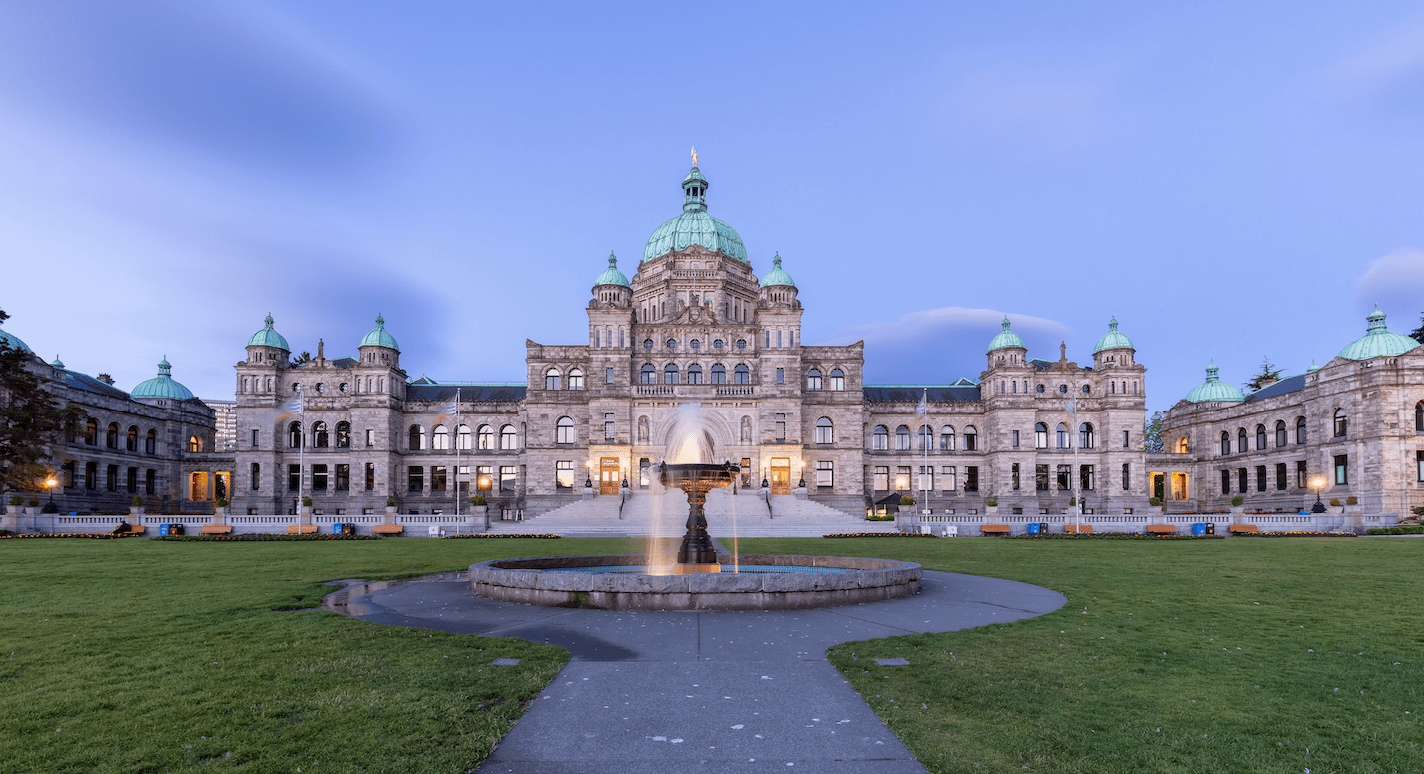VICTORIA – Local governments set their annual budgets by determining how much they need to spend to deliver services to their citizens. After accounting for revenue from sources such as user fees, municipalities use property taxes to generate most of the cash needed to ensure they can balance their budgets.
The two largest classes of properties are residential and business (commercial). Councils must balance the need to keep taxes affordable for citizens with the need to encourage investment and commercial development by not overburdening businesses.
For several years, the Greater Victoria Chamber of Commerce has called on all 13 municipalities to mind the gap between residential and business property tax rates. This means that councils must consider the multiple they apply to business property tax rates and the percentage of revenue that businesses contribute to municipal budgets.
“I’m relieved that many municipalities have at least acknowledged that pressures to raise revenue has resulted in the tax burden creeping more and more onto the backs of business,” says Catherine Holt, CEO of The Chamber. “Business continues to pay much higher tax for the same service that residents get. We need to keep working with municipalities so they remember to ‘mind the gap’ on property taxes and instead support initiatives that increase revenue by attracting businesses and encouraging investment and growth in their communities.”
Earlier this year, Esquimalt council earned kudos from The Chamber for freezing the municipality’s business tax rate to send a message that the municipality is “open for business.”
Saanich, however, has some rebalancing to do. Business pays 23% of the budget from 6.7% of the land value. Residents pay 76% of the budget from 93.3% of the land value. In comparison, business in Victoria pays 47% of the budget from 20.4% of the land value. Not perfect but much more balanced.
A 2018 report found that Saanich ranked 20th out of the 20 largest BC municipalities in terms of tax fairness ratio, while Victoria ranked ninth.
One of the many complicating factors is that, in many cities, the value of business properties increased more than residential property values in 2018. There are many reasons for this, including the controversial method used by BC Assessment of determining “highest and best use.”
We encourage Greater Victoria municipalities to look to Vancouver Council, which has shown great leadership by actively choosing to shift 2% of the property tax burden to residential properties in order to protect vulnerable businesses.
The Chamber encourages all Greater Victoria councils to be aware of the burden they are placing on businesses through property taxes, and ensure they don’t create hardships that drive away investment in their community.
Catherine Holt is the CEO of the Greater Victoria Chamber of Commerce.

